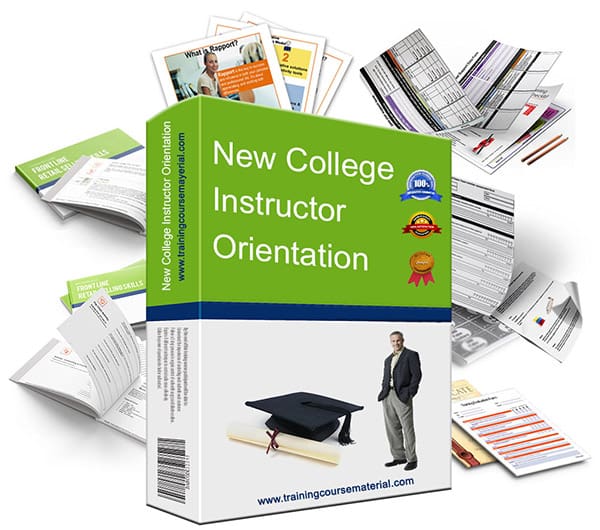“When are we actually going to start learning? How long will this thing last?” (impatience)
“What am I doing here? I already know this stuff. Does the trainer really know what she’s doing?” (competence)
“I don’t think that I’m going to like this trainer. I wonder what the trainer thinks of me?”(compatibility)
“Is he really interested in solving my problems? I wonder if what I say will get back to my manager?” (trust)
“Who will handle my regular work while I’m here? Should I keep my cellphone on ? When can I check for messages?” (out-of-session concerns)
These are the kinds of questions that go through your participants heads as soon as they are inside the training room about their involvement with you and the training program.
The first thirty minutes is the most important part of any training program. Any progress you make towards establishing rapport with your group can go to waste if you are not careful during this first half hour which is actually a “grace period” during which any overt hostility or antagonism will be submerged under a veneer of politeness, watchfulness, and, reserve. It is during this initial segment of time, however, that participants decide how they perceive you, what role they expect to play during the training program, how you will cover the content, and what they intend to accomplish during the course and after covering the training material.
As a trainer, it’s your responsibility to make sure that each of the concerns mentioned above is resolved positively during the first thirty minutes of your training program.
Knowing the first thirty minutes of your training sets the tone for the entire program, try following these tips for making a positive first impression on your group and get them more receptive to your training materials and key learning points of the courseware you will be covering:
1. Impatience:
Begin the session promptly at the time previously announced for the start of the course. Work to focus the group on the course objectives, trying to hook the participants’ interest on to the course content as opposed to what time they will be released for breaks and lunch.
2. Competence:
Don’t assume everyone in a course needs exactly the same content delivered to the same degree. Assess the range of participants’ knowledge, skills, and attitudes, either as part of a formal needs assessment or during informal conversations before the session. Opening exercises also can be used to explore participants’ skills more fully. Let the participants know you are confident in your abilities without pretending you have all the answers or the final word, and never pretend you know more than you really do.
3. Compatibility:
Neutralize the traditional teacher-pupil relationship as quickly as possible during the opening moments of a training program. Let participants know your purpose is not to preach at them, but instead to interact with them. Establish a community-like atmosphere in which contributions from the group are welcomed and supported by you and by the other members of the group.
4. Trust:
Emphasize that you respect confidentiality. Show the participants you want to hear what they have to say and you will be responsive to their needs.
5. Out-of-session concerns:
Allow the participants the opportunity to speculate about how the training program will affect their work. Begin to establish the transition from the session back into the real world during the first, not the last, hour of the program. Set some rules around electronic communications by determining as a group whether cell phones should be on or off.




































































